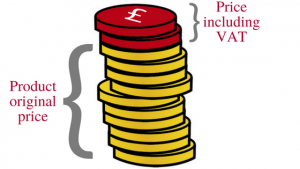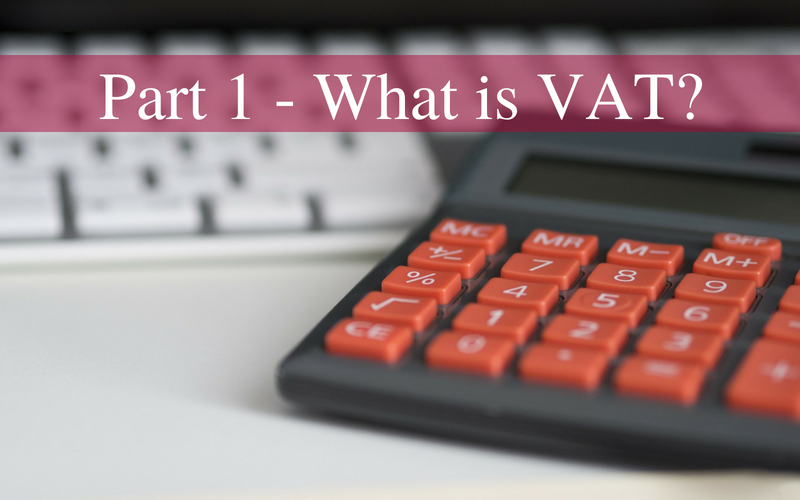Value Added Tax, everyone’s heard of it, everyone’s bought an item with it added on. However, not every start-up business owner will know exactly what the tax is, whether their products will be VAT chargeable, or how to go about conveying this to the relevant tax authorities. For example, were you aware that if a gingerbread man has 2 eyes made of chocolate it is exempt from VAT, but if it contains additional chocolate pieces, such as buttons or a smile, it is classed as a luxury item, and therefore has VAT applied? Nope, I didn’t either! In part 1, we will run through the basics of what VAT is, how it will affect your business, and how and when to register with HMRC. So let’s get started!
What Is VAT?
VAT is a chargeable tax placed on a product and may be a legal requirement for many UK businesses. Depending on the type of products or services your business offers, it will have a vastly different impact in terms of what will be chargeable. There are 3 varying rates when it comes to charging VAT. Since 2011 the standard VAT rate has been set at 20% on top of the price of the good or service, and applies to the majority of goods and services bought and sold in the UK. There is also a reduced rate of 5% that applies to energy bills and some children’s products such as car seats. Most food products and children’s clothing are set at a 0% rate of VAT.
Impact & Registration
These differing rates of VAT will have a profound impact on your business and what additional documentation you will need to file with HMRC. Your business is not required to register for VAT from the day you begin trading, but it must be VAT registered if its taxable turnover from products sold with applied VAT exceeds £85,000. This registration must take place within 30 days of exceeding this threshold or your business may be issued a penalty by HMRC. Businesses that are VAT registered will need to charge VAT on their goods or services at the appropriate rate, as well as being required to file VAT returns with HMRC every 3 months. Once registered for VAT, the next decision to make will be which scheme to opt for. But more on that in next weeks blog!
Next Steps
Ensuring your business is set-up and registered for VAT correctly isn’t only crucial for maintaining compliance with HMRC, but it may also influence the way in which your business pays VAT and records its financial information. Price Davis can ensure that you understand what is required of your business in order to avoid potential pitfalls and penalties. Part 2 of our “VAT Explained!” series will be released very soon, covering the different schemes your business can adopt in order to record, and pay VAT. For more information on the what VAT is, and how it might affect your business feel free to get in contact with craig@pricedavis.co.uk.

